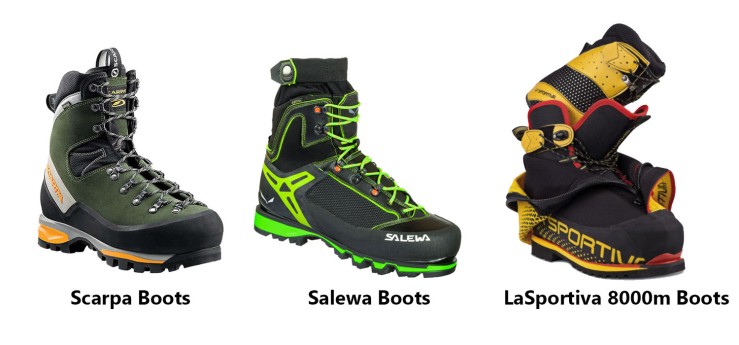This lesson covers the 3 basic tiers in layering, the base, insulating and outer layer. It is an introduction to the purpose, functions of the different materials in each layer and also the various advantages and disadvantages of different materials available.
Head Gear
We recommend a neck buff and a beanie. Helmets would be provided and to be worn during essential climbing phases.
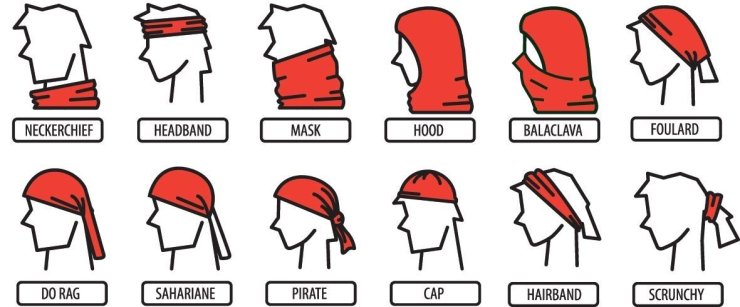
Base Layer
This is the layer that is worn on top of your underwear. Its main purpose is to wick sweat away from the skin. This layer is designed to be lightweight and thin, and does not insulate as well as other layers nor does it protect against the weather. There are generally two types of materials to choose from in the market: Wool & Synthetic.
| Wool | Synthetic |
| Better Insulator; Heavier | Poorer Insulation; Lighter |
| Does not retain odor; Works when wet | Opposite of Wool |
| Harder to dry; Expensive | Dries quick; A lot cheaper |
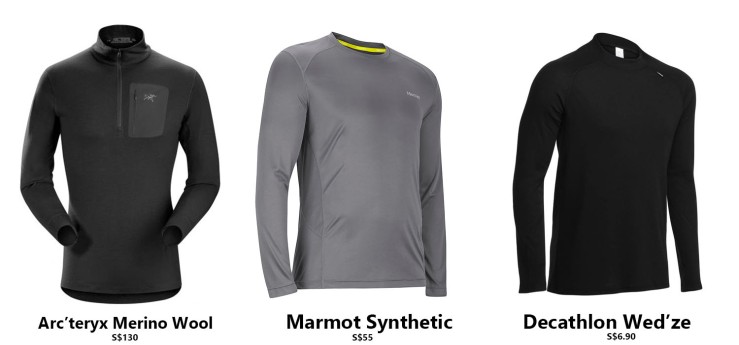
Insulating Layer
This is the thickest layer and it is meant to retain heat. The two Sub-layers are: Fleece and Down.
| Fleece | Down |
| Wool; Cotton; Fur | Duck Feathers |
| Cheap, Lower warmth factor | Expensive; Higher warmth factor |
| Fixed Volume | Highly compressible |
| No problem drying if wet | Extremely difficult to dry when wet |
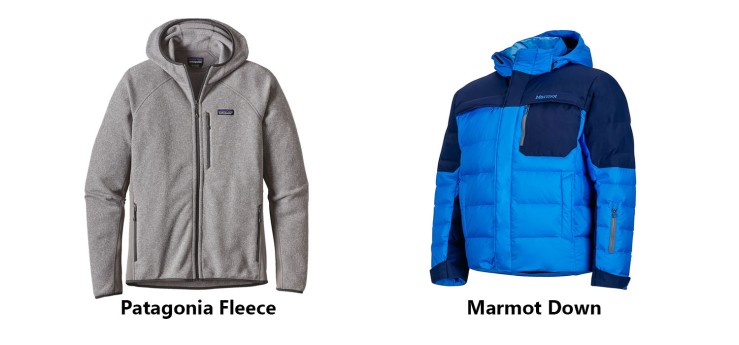
Outer Layer
This is usually the shell layer and is meant to be weatherproof. Generally made of waterproof materials such as Goretex and functions as a windbreaker. It protects the more fragile insulating layer and keeps them dry.
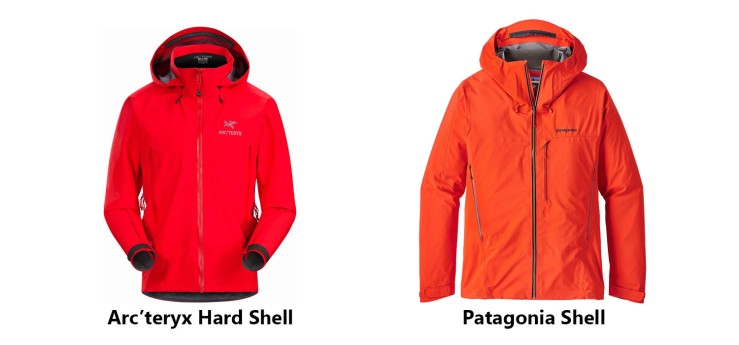
Gloves
The same layering principles apply, the glove liner, insulating layer and the shell. Shell gloves are always to be worn when handling rope so as not to puncture the softer insulating layer.
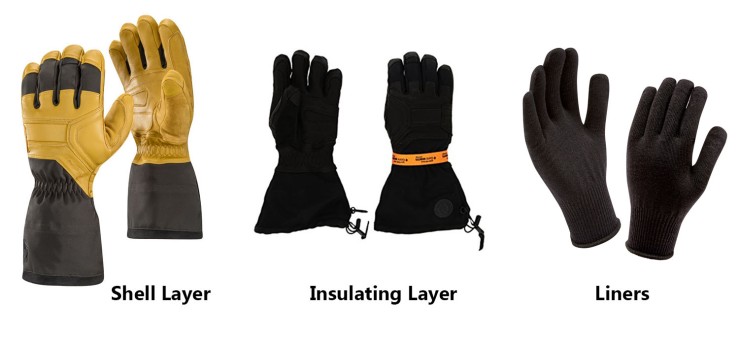
Footwear
The inner layer is would be the sock liner or dri-fit socks that are synthetic and wick sweat away. The insulating layer would be the socks that are either made of wool are synthetic material. Mountaineering boots themselves are classified into the altitude and terrain that they are designed for. In MIR we have double layered boots that have an insulating inner layer.
